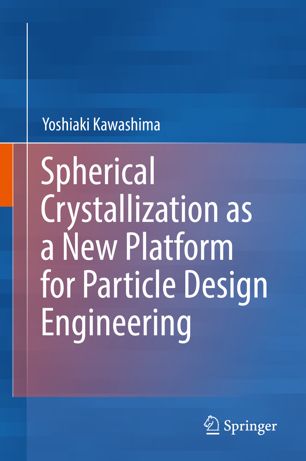

Most ebook files are in PDF format, so you can easily read them using various software such as Foxit Reader or directly on the Google Chrome browser.
Some ebook files are released by publishers in other formats such as .awz, .mobi, .epub, .fb2, etc. You may need to install specific software to read these formats on mobile/PC, such as Calibre.
Please read the tutorial at this link. https://ebooknice.com/page/post?id=faq
We offer FREE conversion to the popular formats you request; however, this may take some time. Therefore, right after payment, please email us, and we will try to provide the service as quickly as possible.
For some exceptional file formats or broken links (if any), please refrain from opening any disputes. Instead, email us first, and we will try to assist within a maximum of 6 hours.
EbookNice Team

Status:
Available5.0
25 reviewsThis book describes the principles and applications of the spherical crystallization technique, from the standpoint of its inventor. After an introduction on the history of particle design engineering and nanotechnology, the concept of spherical crystallization itself is clearly explained. Attention then turns to the application of spherical crystallization in pharmaceutical processes. It is explained how the technique can provide physicochemical properties suitable for direct tableting of active pharmaceutical ingredients and how it has enabled the development of a novel particulate design platform from single to complex system. Subsequent chapters describe the roles of polymeric spherical crystallization in the preparation of novel microspheres, microballoons for drug delivery systems (DDS) and the development of biocompatible and biodegradable poly(D,L-lactide-co-glycolide) (PLGA) nanospheres. The various applications of PLGA nanospheres composite within oral-, pulmonary-, transdermal DDS and cosmetics are fully discussed. Finally, future perspectives are presented on use of the technology in the design and industrial-scale manufacture of new drug delivery systems, highlighting how a continuous pharmaceutical process that meets US Food and Drug Administration quality requirements should soon be introduced.